One of the pearls of the Ile de France and the Yvelines department, Rambouillet is about thirty minutes from Paris and is located in the Forest of Rambouillet in the Regional Natural Park of Haute-Vallée-de-Chevreuse.
The town is irrigated by many rivers including the Drouette which rises in the park of the castle and comes from the Etang de la Tour to the south, the ponds of Coupe-Gorge, Gruyer and Moulinet feed the basins of the castle via the Ru du Moulinet, to the north.
Rambouillet is a town dating from Antiquity. Donation from Pépin le Bref to the Abbey of St Denis, the « Forêt Yveline » developed the town of Rambouillet during the Middle Ages under the Lords of Montfort. Burned down then rebuilt several times during the Hundred Years War (1337 -1453), many things made in the past have been covered or hidden, such as this charcoal drawing discovered in the 1970s behind a section of woodwork located in the old bedroom of the Countess of Toulouse.
Under the lords of Rambouillet, during the 15th and 16th centuries; the owner of the place, Jacques d’Angennes friend of King François 1st, invited him to hunt in the neighboring forest. His last hunting party was unfortunately the last, since the monarch died of septicemia (or syphilis, they say) on March 31, 1547 at the Château de Rambouillet surrounded by the owner and a large part of the Court. .
Bought by King Louis XVI in 1783, the latter had a dairy built there in the park in 1785 for Queen Marie-Antoinette. The following year, construction began on the building which would be the Baillage de Rambouillet.
In 1809, Napoleon I had it restored before donating it to the inhabitants of the city. He still spent a night there in June 1815 before his exile to St Helena.
Fifteen years later, on the night of July 31, 1830, Charles X arrived in Rambouillet after having fled Paris, following the revolt of the « 3 Glorieuses », with most of his family and the court; what remained of the still loyal royal troops encamped in the park. On August 2, the king then the dauphin abdicated in favor of the young Duke of Bordeaux.
In 1896, President Félix Faure made it his summer residence. Rambouillet will remain until the end of 2009, one of the residences of the President of the Republic, used mainly for international conferences, the reception of foreign presidents, etc.)
The contemporary era which begins under Napoleon III, allows the demographic development of the city during the XIXth century thanks to the railway which connects Rambouillet to the capital in 1849.
The end of the Second World War marks the liberation of the city by the American Forces (Combat Command Reserve, 17th tank battalion) on August 18, 1944 then by part of the 2nd Armored Division on August 23 where General de Gaulle and General Leclerc meet at the castle to prepare for entry into Paris on June 24 and 25.
The castle will then become the seat of several international meetings including the Economic and Monetary Summit of the G6 in 1975, the Rambouillet Conference, for negotiations between the Kosovar separatists of the KLA and Serbia, under the aegis of NATO between January and March 1999.
Many personalities from politics, finance, industry, as well as members of reigning families (the Duke of Edinburgh, Prince Rainier of Monaco), and statesmen including Omar Kadhafi, at the end of 2007 have was able to go hunting in the former presidential hunting area located next to the Barracks Des Gardes which housed the 501st battle tank regiment from 1946 to 1994, when it left for Mourmelon. It was replaced by the Central Directorate of the Army Commissariat until 2010 then the Center of Expertise for Combatant Support and Forces (Cescof) which manages the stewardship of the Army, the air and the French Navy.
THE 5 TWIN TOWNS IN RAMBOUILLET:
![]() Great Yarmouth (Great Britain) since 1956, seaside resort in Norfolk, on the east coast.
Great Yarmouth (Great Britain) since 1956, seaside resort in Norfolk, on the east coast.
![]() Kirchheim unter Teck (Germany) since 1967, city of Baden-Württemberg, near Stuttgart.
Kirchheim unter Teck (Germany) since 1967, city of Baden-Württemberg, near Stuttgart.
![]() Waterloo (Belgium) since 1986, a city in the French-speaking province of Walloon Brabant, about twenty kilometers south of Brussels.
Waterloo (Belgium) since 1986, a city in the French-speaking province of Walloon Brabant, about twenty kilometers south of Brussels.
![]() Zafra (Spain) since 2005, city in the region of Extremadura.
Zafra (Spain) since 2005, city in the region of Extremadura.
![]() Torres Novas (Portugal) since 2010, Portuguese municipality located in the District of Santarém.
Torres Novas (Portugal) since 2010, Portuguese municipality located in the District of Santarém.
THE CASTLE
The Château de Rambouillet (listed as a Historic Monument in 1896) is one of the most visited monuments in Yvelines. Visitors from all over the world can discover where great historical figures of France lived, thanks to the help of an experienced guide. However, other rooms are not open to the public, hidden behind walls and back doors or sketches too fragile to be exhibited by all.
You can also discover the old king’s room, transformed at the end of the 19th century into a dining room for the Presidents of the Republic as in 1975 during the G6. Accessible by a narrow staircase, a balcony, hidden not open to the public who received the musicians who played during the dinners at the time of the Third Republic, out of sight.
The « Hotel » part of the castle, built to accommodate around thirty rooms reserved for heads of state invited to Rambouillet in the 1950s, is located on 3 floors closed to the public; all the rooms on the first floor, including the one where François I is said to have died and where Nelson Mandela and Vladimir Poutin stayed, have since the building had a bathroom and room service. On the 2nd and 3rd floors, were housed the staff of the castle (linen, etc.), not far from the rooms reserved for delegations, the apartment of foreign heads of state are at the end of the corridor.
OTHER RAMBOUILLET SITES TO VISIT
- The Church of Saint-Lubin and Saint-Jean-Baptiste, built in the 10th century and rebuilt by a pupil of Viollet-le-Duc in 1872 where there is « La Ste Croix », a reliquary cross in which is embedded a piece of the true Cross, brought back from the Holy Land by Simon IV de Montfort (Inscribed MH in 2003.)
- The Palace of the King of Rome, built from 1784 on the order of Louis XVI, by Jacques-Jean Thévenin, to serve as the Government House. Transformed by the architect Auguste Famin on the orders of Napoleon I, it became the residence of his son, the King of Rome and was renamed in 1812, « Palace of the King of Rome » until the Restoration. Sold and dismembered in lots in 1835. A so-called « imperial » pavilion replaced the middle part after its demolition. Since 1989, the west wing of the building, as well as its adjoining garden, have been bought by the city to organize temporary themed exhibitions, cultural events and to create the Goose Game museum. (MH registered since 1995)
- The Bergerie Nationale, created in 1786 by Louis XVI, where merinos were raised, houses the Sheep Museum. The « Sage » cow, offered to Jacques Chirac by the FNSEA union on the occasion of the Paris agricultural fair in 2001, stayed there.
- The Monument of Remembrance and Recognition, nicknamed « American Monument », or « American Eagle Monument » by former American servicemen who took part in the fighting). Erected in memory of the American soldiers who fell for the Liberation of the region in August 1944. In 1945, for its creation, 2 local artists were brought together: Gaston Le Bourgeois, sculptor, and Raymond Cailly, designer and painter. The work carved in the stone of the region, represents an eagle, symbol of the United States, was financed in its entirety by donations from the inhabitants of the city and the neighboring municipalities. It was inaugurated on June 1, 1947 by the President of the Republic Vincent Auriol, Jefferson Caffery, United States Ambassador to France, Doctor Petit, new mayor of Rambouillet, as well as many civil and military personalities, French and American .
- One of the most important museums of railway modeling in France, « Le » Rambolitrain « , inaugurated in 1984, tells the story of the railway from its origin to the present day with toy trains as a functional network whose tracks stretch over 500 meters, with miniature trains running, at 1 / 43rd scale.
- Espace Rambouillet, a place to observe animals and the forest.
RAMBOUILLET LOCAL HOLIDAYS
The traditional Lily of the Valley Festival in the colors of the city (in green and white) is a celebration in honor of spring which is celebrated during the 3rd weekend of the month since 1906 with Sunday, a parade of floats entirely decorated with lily of the valley. Since 1911, a Queen of the Lily of the Valley has been crowned at the start of the parade. This year, it was following the health crisis. The town is classified « 3 flowers » in the competition of towns and villages in bloom
St Lubin, patron of the city, has been celebrated since 1399 with a fair which then took place in March and September. After a period of hiatus from 1913 to 1988, his memory is commemorated every other year with a big party accompanied by a parade of floats.
Closed in 2011, the Goose Game Museum presented for 10 years, starting in 2001, the collection of Pierre Dietsch, consisting of 2,400 goose games.
On Thursday July 30, 2020, Jean-Jacques Brot, Prefect of Yvelines, and Véronique Matillon, Mayor of the city, welcomed the Minister of the Interior Gérald Darmanin, accompanied by Marlène Schiappa, Minister Delegate in charge of Citizenship, who came to Rambouillet for an unofficial visit and participate in a seminar based on the theme: « The south of Yvelines which would become a » site for testing a new police system « , according to certain sources.
Share this content:


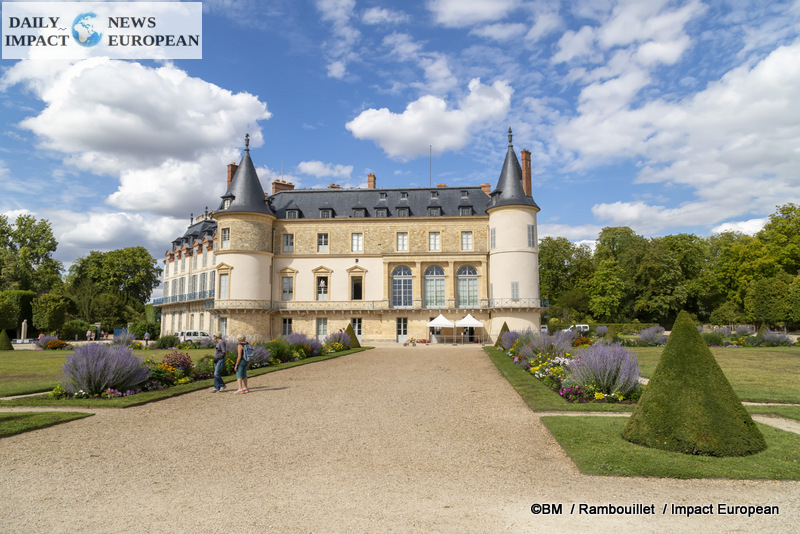
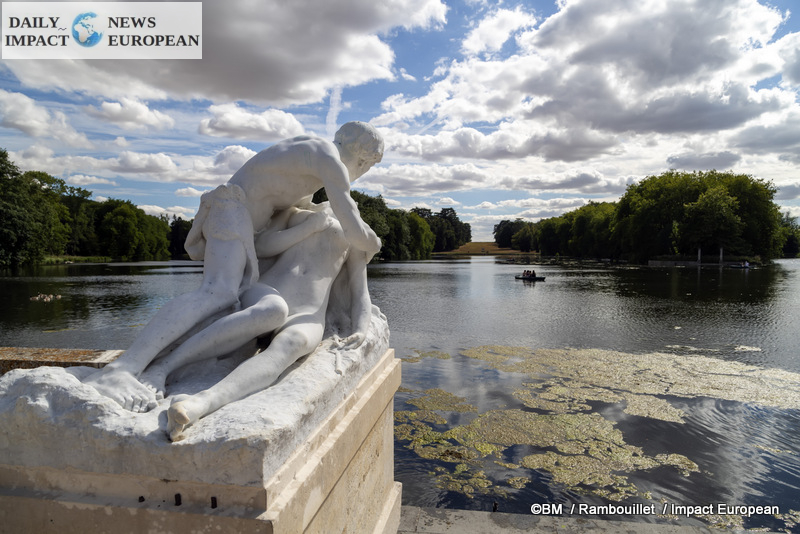
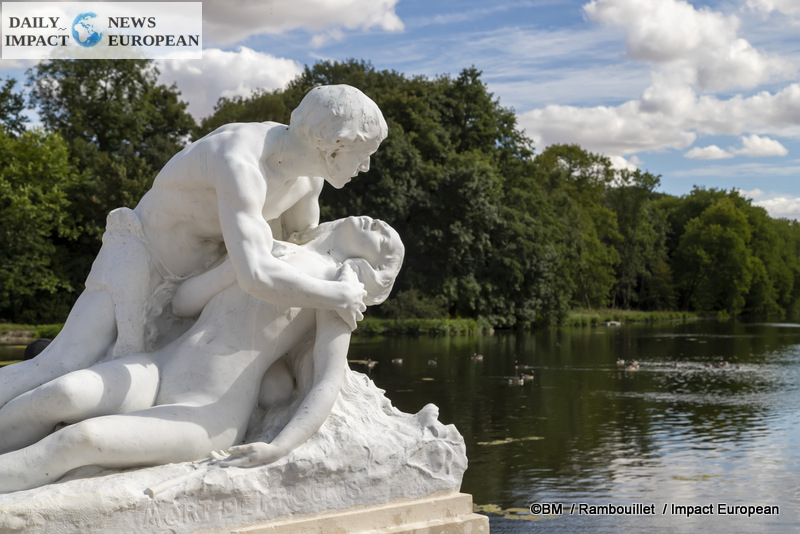
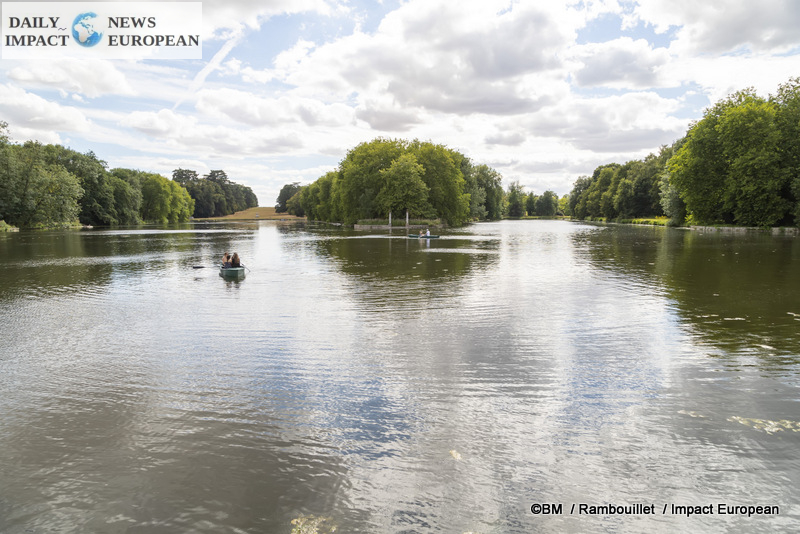
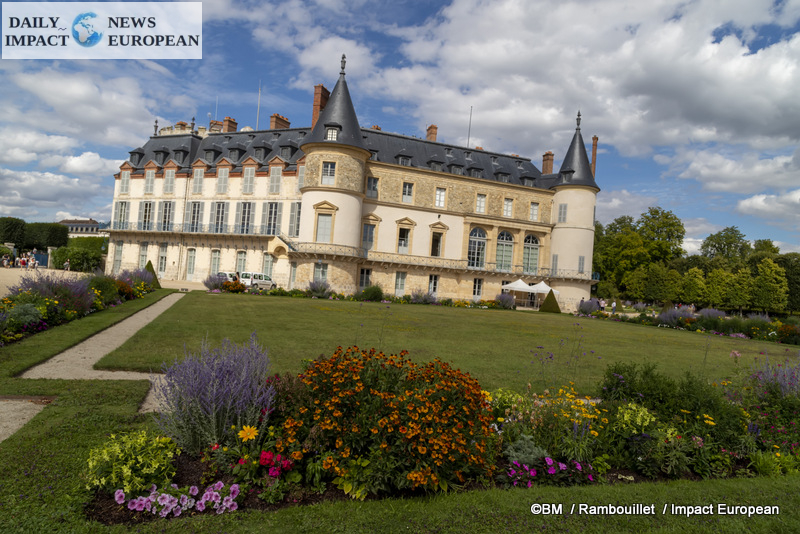

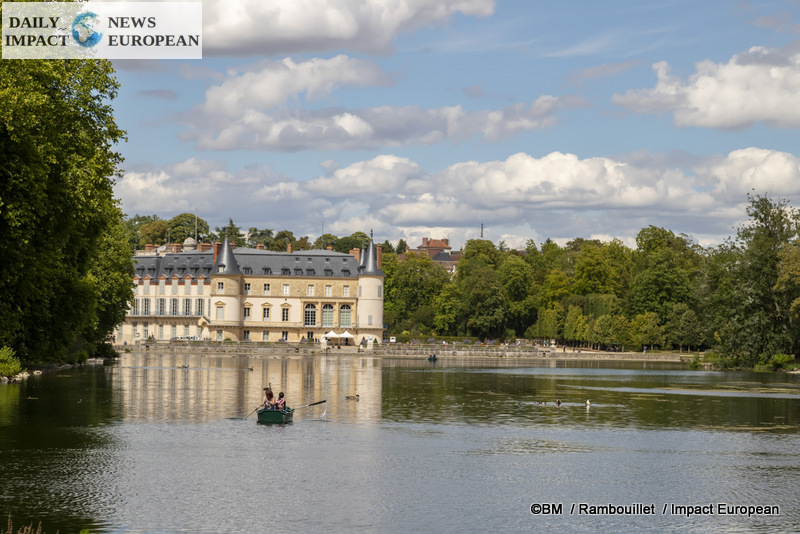
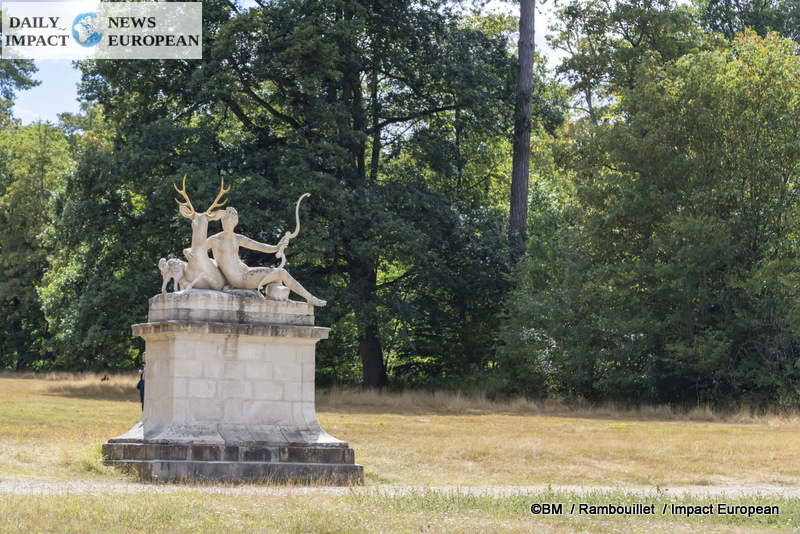
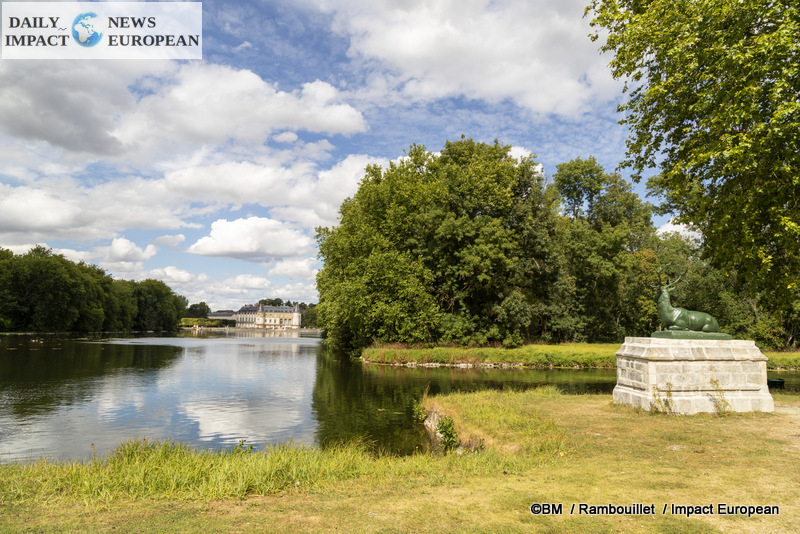
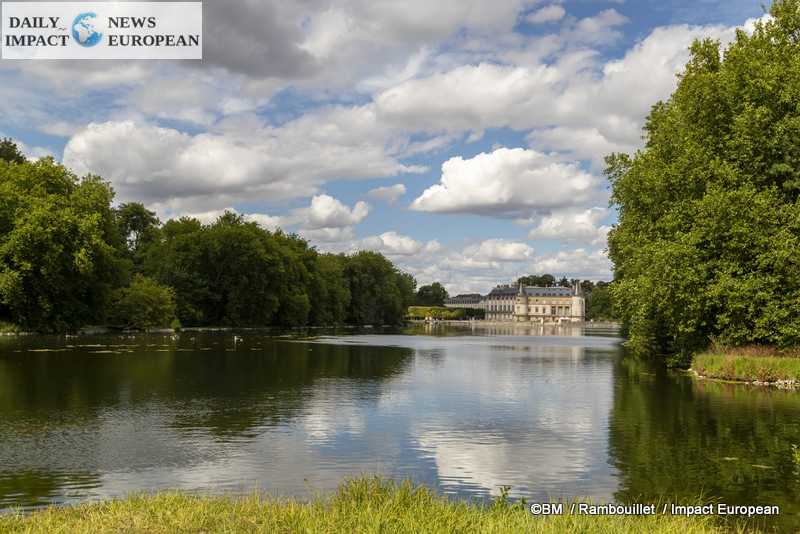

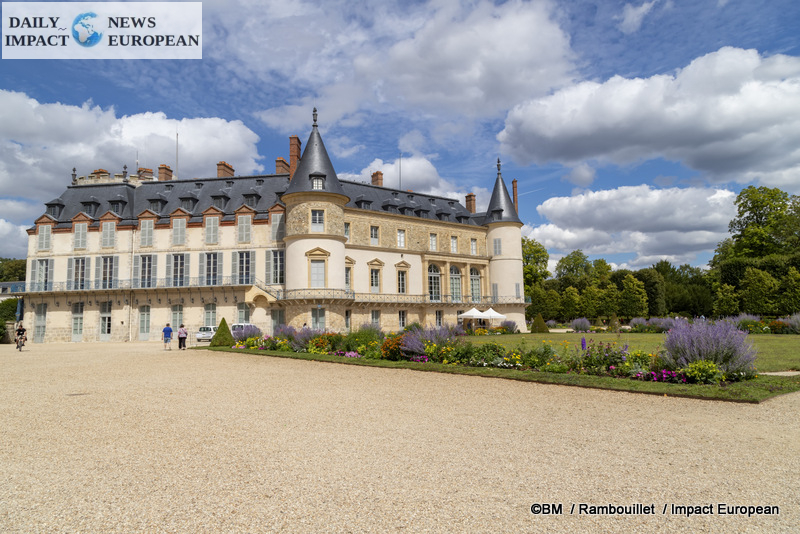
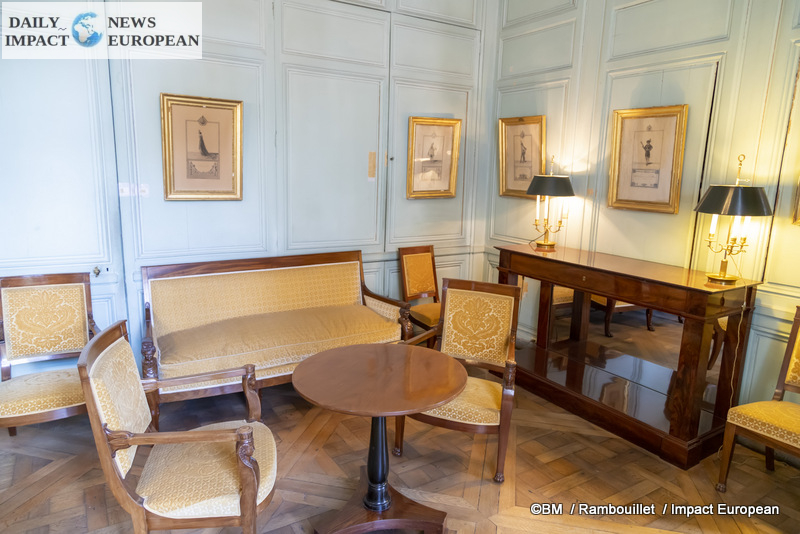
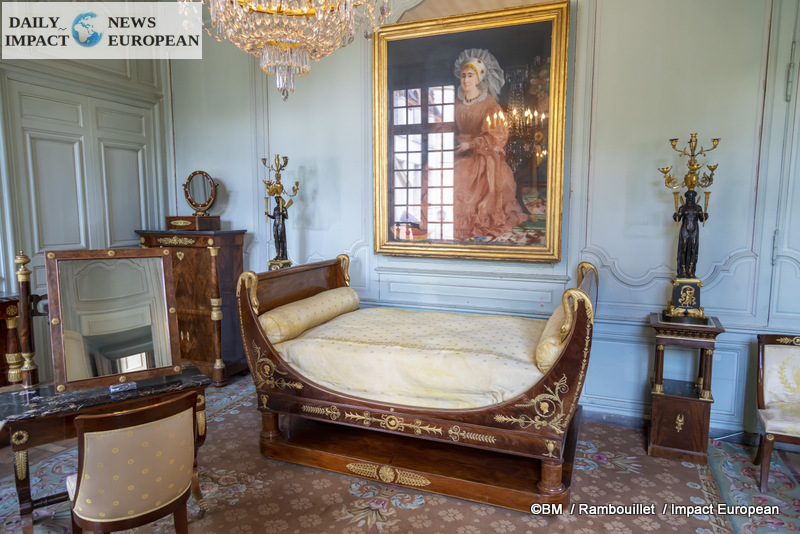
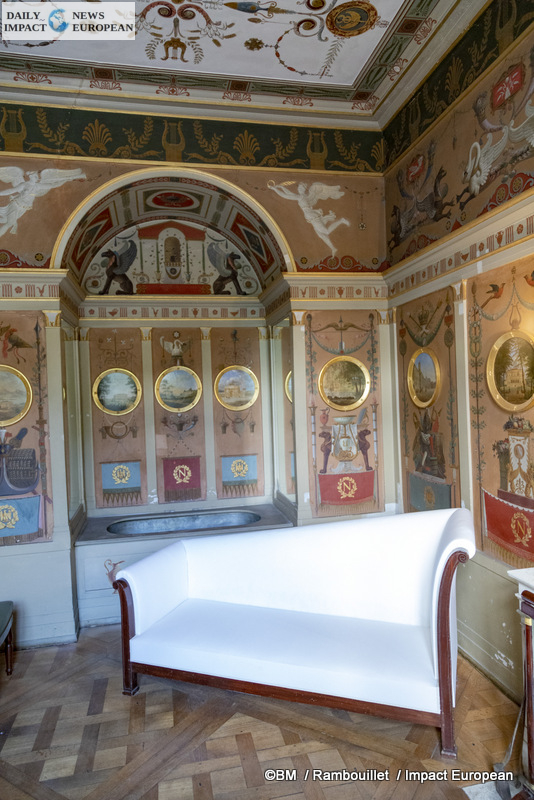
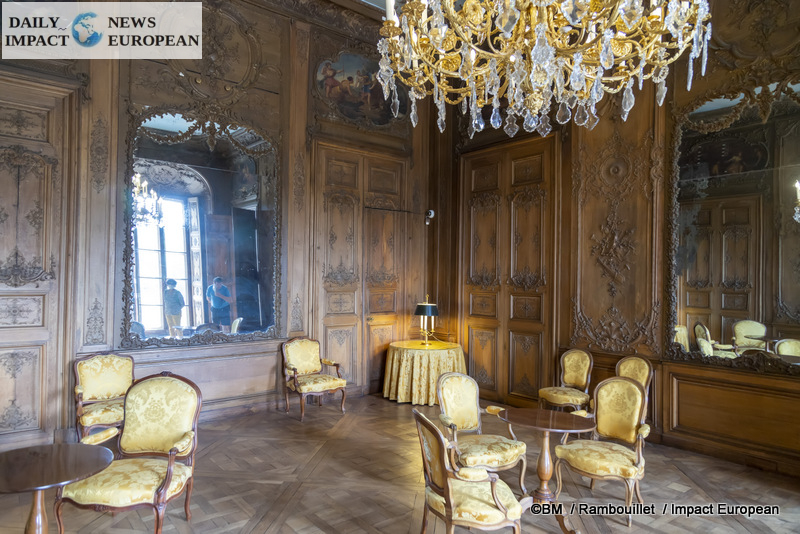
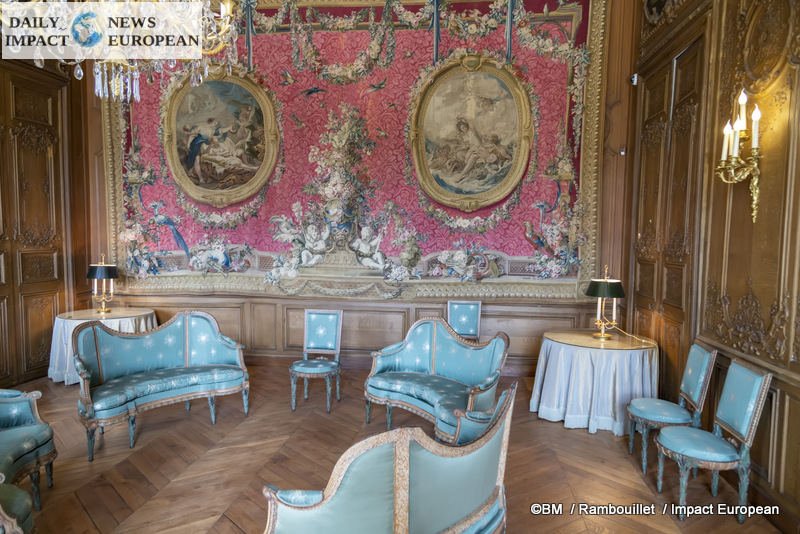
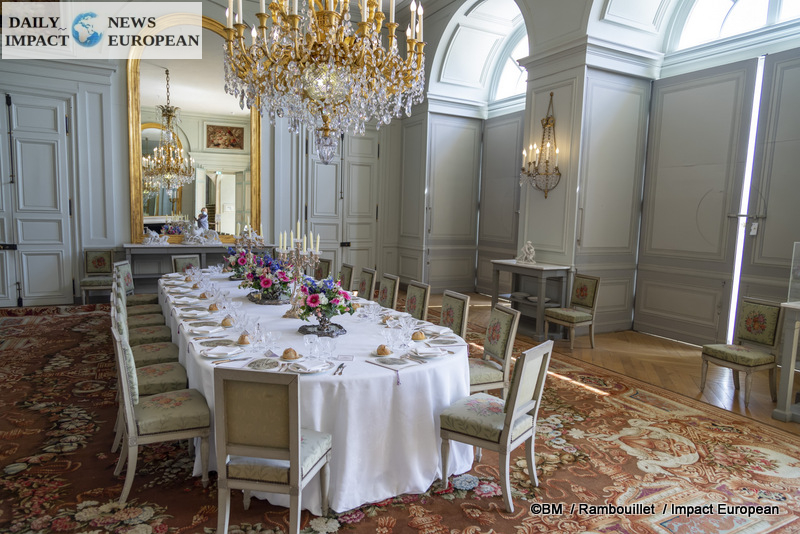
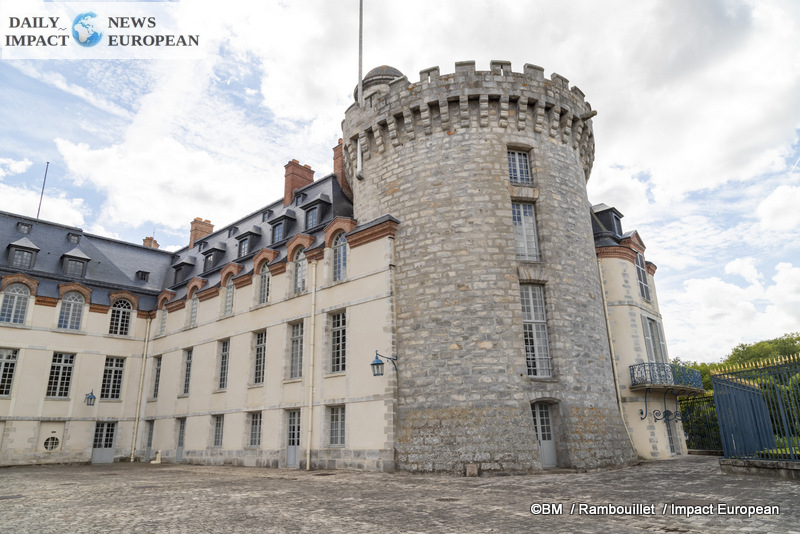
Plus d'histoires
Embraer, Portugal and the A-29N Super Tucano: An Industrial, Political and Geostrategic Turning Point for Europe and NATO
Private Health Schools Under Scrutiny: Council of State Sides with the French Order of Physiotherapists
Dordogne: Mayor Excluded for Antisemitism Avoids Trial, LICRA Reacts